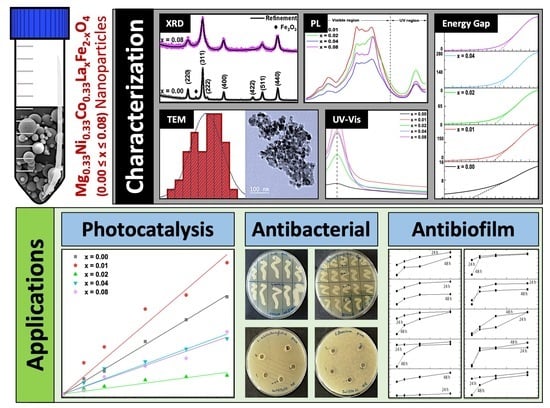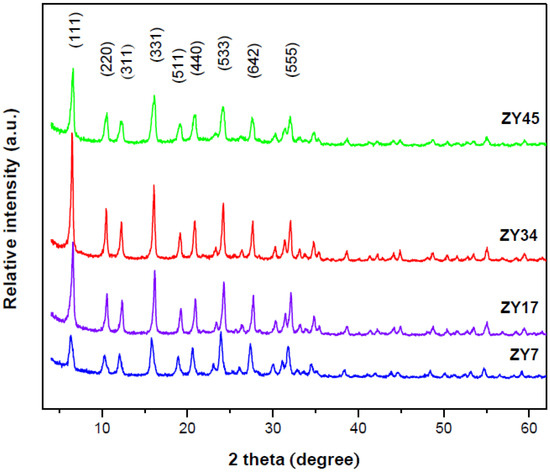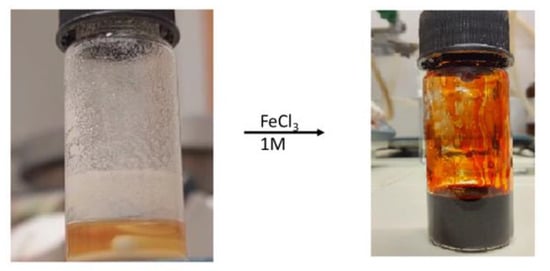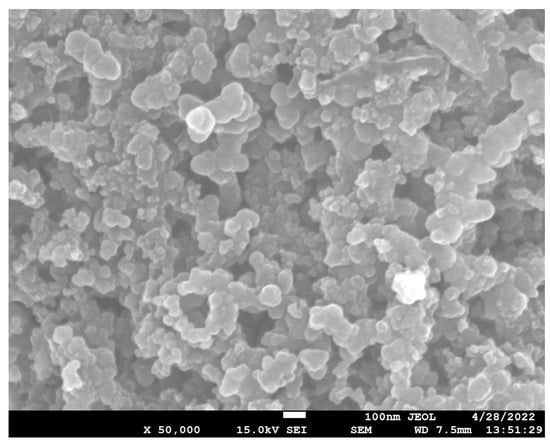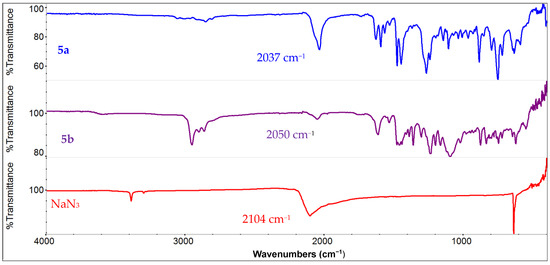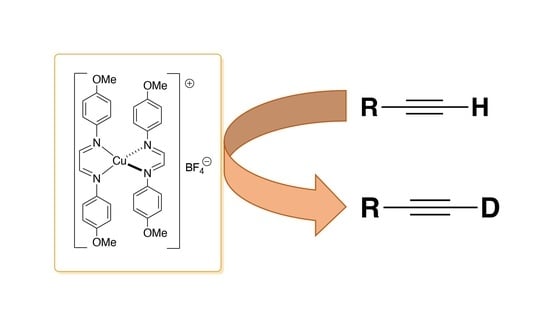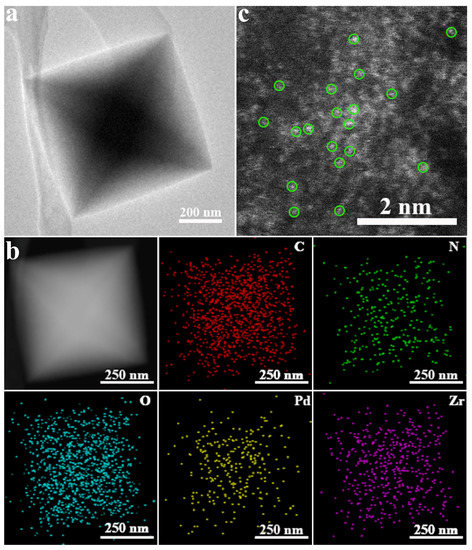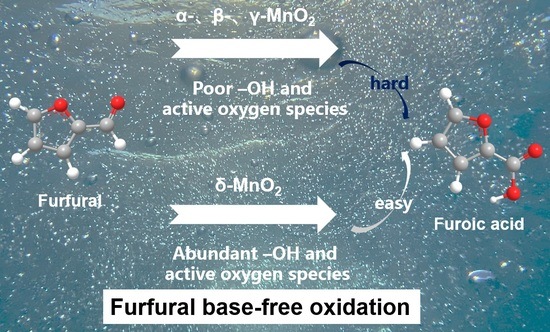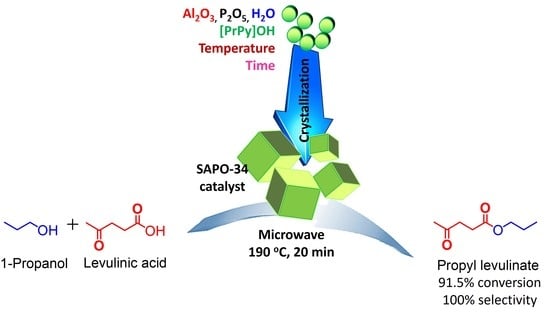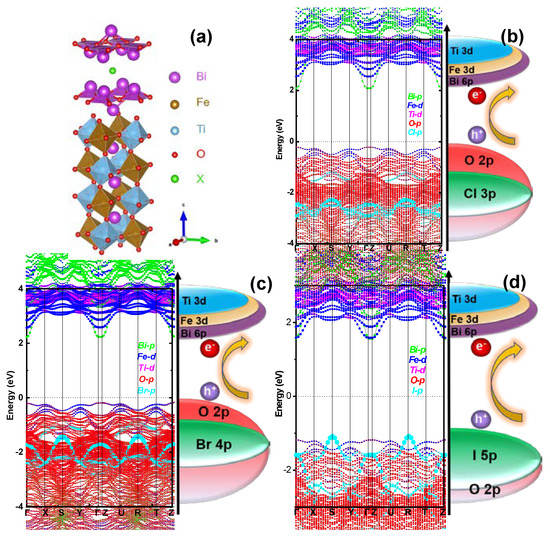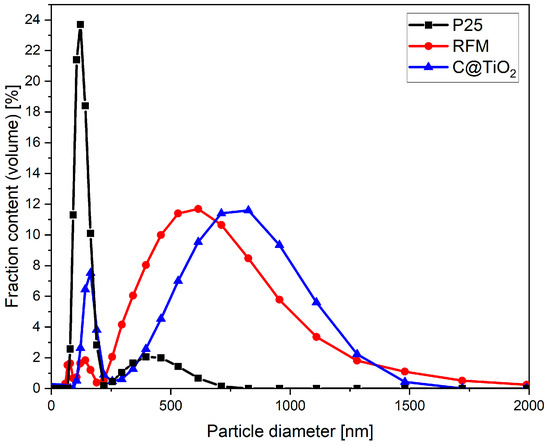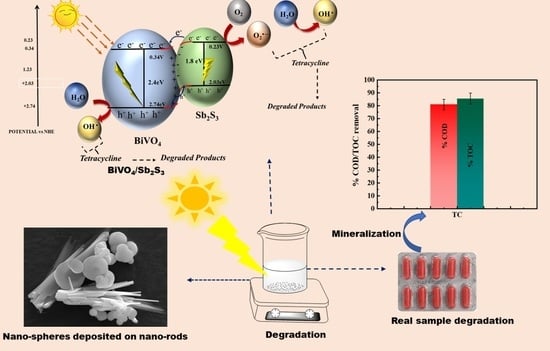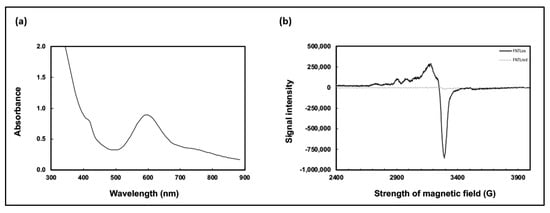Catalysts 2023, 13(4), 693; https://doi.org/10.3390/catal13040693 - 2 Apr 2023
Cited by 9 | Viewed by 2641
Abstract
The increase in environmental pollution, especially water pollution, has intensified the requirement for new strategies for the treatment of water sources. Furthermore, the improved properties of nano-ferrites permit their usage in wastewater treatment. In this regard, novel Mg0.33Ni0.33Co0.33
[...] Read more.
The increase in environmental pollution, especially water pollution, has intensified the requirement for new strategies for the treatment of water sources. Furthermore, the improved properties of nano-ferrites permit their usage in wastewater treatment. In this regard, novel Mg0.33Ni0.33Co0.33LaxFe2−xO4 nanoparticles (NPs), where 0.00≤x≤0.08, were synthesized to test their photocatalytic, antibacterial and antibiofilm activities. The structural and optical properties of the prepared NPs were investigated by X-ray powder diffraction (XRD), transmission electron microscopy (TEM), UV-Vis spectroscopy and photoluminescence (PL) analysis. As La content increases, the bandgap energy increases, whereas the particle size decreases. The photocatalytic activity of the prepared NPs is evaluated by the degradation of methylene blue (MB) dye under sunlight irradiation. Superior activity is exhibited by Mg0.33Ni0.33Co0.33La0.01Fe1.99O4 NPs. The influence of catalyst dosage, pH, temperature and addition of graphene (Gr) on the photodegradation reaction was studied. Increasing the pH and temperature improved the rate of the photodegradation reaction. The antibacterial and antibiofilm activities of the NPs were assessed against Escherichia coli, Leclercia adecarboxylata, Staphylococcus aureus and Enterococcus faecium. Mg0.33Ni0.33Co0.33Fe2O4 NPs inhibited bacterial growth. They had bacteriostatic activity on all isolates, with a greater effect on Gram-positive bacteria. All tested nano-ferrites had significant antibiofilm activities against some biofilms.
Full article
(This article belongs to the Special Issue Synthesis, Characterization, or Applications of Novel Catalytic Nanoparticles)
►
Show Figures
